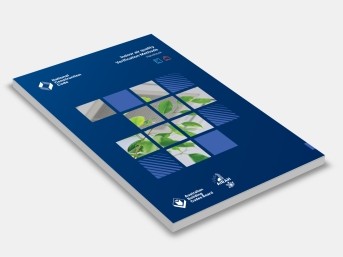Indoor Air Quality Verification Methods Handbook
Australian Building Codes Board
This handbook provides guidance to practitioners seeking to understand the IAQ requirements of the NCC. It primarily provides support to understand IAQ Verification Methods F6V1 and F6V2 of NCC Volume One and H4V3 of NCC Volume Two.
These IAQ Verification Methods quantify ventilation system performance through the specification of maximum air contaminant limits (for a range of indoor air contaminants). These maximum levels must be achieved for the quality of the indoor air to meet the relevant Performance Requirements (which outline the minimum necessary standards buildings or building elements must attain).
The IAQ Verification Methods help define the point where adequate air quality is achieved, which allows the performance of a proposed ventilation building solution to be verified.
The purpose of this handbook is to:
• describe the principles behind the development of the IAQ Verification Methods
• provide examples of how they can be applied in practice
• provide information and data sources to support the use of the IAQ Verification Methods.
Due to the COVID-19 (Coronavirus disease 2019) pandemic there has been renewed interest in, and research into, ventilation and IAQ in buildings.
This handbook has been revised and updated in response to the COVID-19 pandemic to ensure it provides signposts to contemporary tools and approaches to IAQ and indoor air contaminant management.
Noting the NCC Verification Methods do not include specific criteria for biological contaminants including viruses, infectious aerosols are essentially particles, and many of the common IAQ control and mitigation strategies (dilution, directional airflow, air cleaning etc.) will still apply.
Contents:
1: Background
2: Building Ventilation
3: NCC IAQ Verification Methods
4: Indoor Air Contaminant Control
5: Applying The IAQ Verification Methods
Appendix A: Abbreviations
Appendix B: Compliance With The NCC
Appendix C: Data Sources For Low-Emission Materials
Appendix D: IAQ Models And Simulation Software
Appendix E: References And Information
